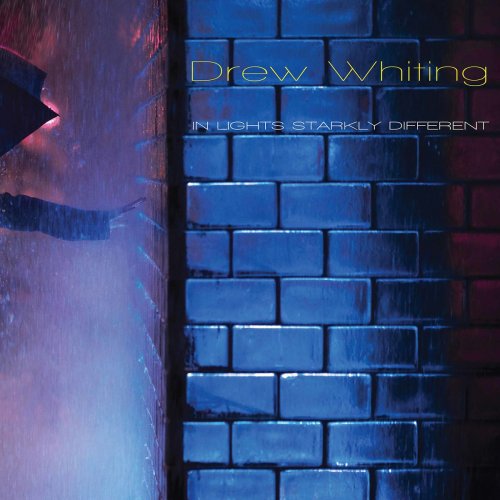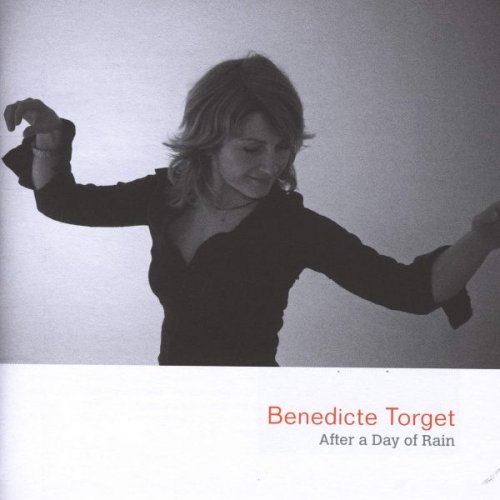Drew Whiting - In Lights Starkly Different (2020)

Artist: Drew Whiting
Title: In Lights Starkly Different
Year Of Release: 2020
Label: Innova
Genre: Classical
Quality: FLAC (tracks+booklet)
Total Time: 60:03 min
Total Size: 265 MB
WebSite: Album Preview
Tracklist:Title: In Lights Starkly Different
Year Of Release: 2020
Label: Innova
Genre: Classical
Quality: FLAC (tracks+booklet)
Total Time: 60:03 min
Total Size: 265 MB
WebSite: Album Preview
01. Random Access
02. For the Fallen
03. Break
04. As Brightness Is Smeared into Memory
05. Ötzi
06. Saudade Study
07. In Lights Starkly Different
A champion of new and experimental music, saxophonist Drew Whiting has been described (by Diakcritical.com) as a virtuoso whose performances are exquisite and emotive... managing everything with aplomb. His debut album on Innova Recordings, In Lights Starkly Different, features seven recent compositions for saxophone and electronics. From beginning to end, Whitings album as the title implies has lots of variety. He performs on soprano, alto, tenor, and baritone saxophones, and the electronics are just as varied. The opening track, Random Access by John Mayrose, utilizes live electronics and gradually layers Whitings alto saxophone (stored in RAM) until there are dozens of him performing by the end of the piece. Whiting also lent a plethora of saxophone sounds to the creation of the electronics for Ed Martins raucous work Break for baritone saxophone (that explores the harmonics of its low A), as well as Jeff Herriotts pensive work As brightness is smeared into memory for soprano saxophone. Judith Shatins For the Fallen juxtaposes the soprano saxophone against the clash of the Capana dei Cauditi (Bell for the Fallen, cast from canons melted after World War 1), similarly to how Alexis Bacon uses the sounds of rocks and metals with the tenor saxophone in her piece Ötzi (after a 5,000 year old mummy of the same name). Letting the listener (and performer) relax a bit, Nathan Edwards creates mellow, ambient electronics for Whitings tenor saxophone lines to wash over in Saudade Study (titled after the Portuguese for foggy melancholy). Edwards also happens to be the recording engineer for the majority of works on the album. Rounding out the album is the title track written by Robin Julian Heifetz. The computer-generated sounds made by Heifetz range in character from serene to apocalyptic, and Whitings tenor saxophone responds accordingly to achieve a near-hallucinatory sonic environment.

![For Living Lovers - Natural Name (2025) [Hi-Res] For Living Lovers - Natural Name (2025) [Hi-Res]](https://www.dibpic.com/uploads/posts/2025-11/1762453136_cover.jpg)

![Dominic Röthlisberger - Veronika beschliesst zu sterben (2025) [Hi-Res] Dominic Röthlisberger - Veronika beschliesst zu sterben (2025) [Hi-Res]](https://img.israbox.com/img/2025-11/03/wydyx9nqotlrwjyuweb8z5b0j.jpg)


![Gregory Groover Jr. featuring Joel Ross, Paul Cornish, Harish Raghavan, Kendrick Scott - Old Knew (2025) [Hi-Res] Gregory Groover Jr. featuring Joel Ross, Paul Cornish, Harish Raghavan, Kendrick Scott - Old Knew (2025) [Hi-Res]](https://www.dibpic.com/uploads/posts/2025-11/1762278839_folder.jpg)

